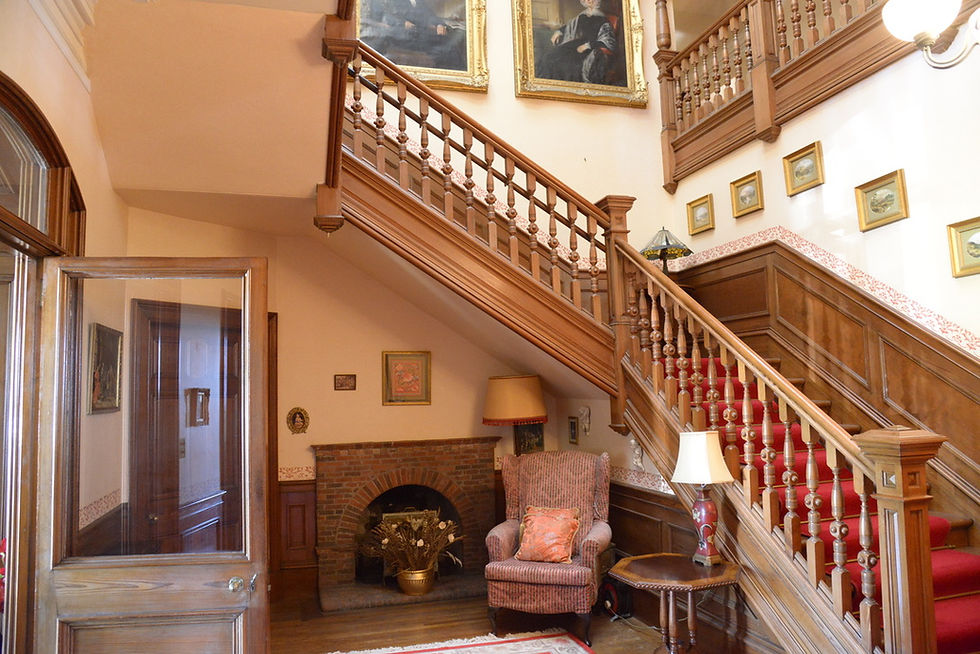Links golf - the purest form of golf
- Firthside House

- Nov 21, 2023
- 2 min read
Updated: Feb 1, 2024

There are more than 30,000 golf courses in the world and many would claim to be links.
However, in the great book “True Links” by George Pepper and Malcolm Campbell, only 246 qualify as true links.
According to the Oxford English Dictionary, the word links first appeared in print as “hlincas” the plural of the Old English “hlinc”, meaning a ridge or an area of rising ground.
This was written in the year of 931. During the following millennium, however, some major etymological earthmoving took place, and by the eighteenth century “links” had two new meanings, which both were connected to golf. One described as a piece of open land for a variety of recreational purposes. A 1651 text refers to the Dornoch common as “the fairest and largest linkes of any pairt of Scotland, fitt for archery, goffing, ryding, and all other exercise”. The other definition cited links as “any” golf course, whether beside the sea or not.
In our modern world, a new definition is used, namely “links land”, i.e. the ground on which a proper links course is laid out.
The British Golf Museum in St Andrews defines it as “a stretch of land near the coast, characterised by undulating terrain, dunes, sandy soil and indigenous grasses such as marram, sea lyme, fescues and bents which, contribute to the right conditions for the best turf, i. e. firm, hard and quick, which is the trademark for a true links.

Purists will disagree with the fact that man actually can create true links land - which would have taken Mother Nature centuries to do. With a good site and sufficient resources, man can in fact replicate the experience of links golf on non-links land.
The traditionalist would mean that the British Golf Museum’s definition of links is too generous. In my opinion (shared by many), a true links must live up to some stricter criteria, which could be summarised by the below in short:
⁃ the location must be beside a river estuary
⁃ partial or occasional views of the sea
⁃ few trees
⁃ numerous bunkers
⁃ nine holes that run out to a far end and then back nine returning to the club house, as is the case with the Old Course at St Andrews
With this said, many of the links courses (of which many are in fact Open Championship courses) would not fit the description. However, they are still great links courses.
Of the approx. 85 true links courses in Scotland, per definition either crucible, iconic, classic or modern (and of which we’ve only played 25), about 20 are situated in the area around Nairn, either “on the doorstep” or on a short drive away and easy to access. They are just lying there, waiting to be explored, please check them out here.
Will we meet you on the links?
The Firthside Team


Comments